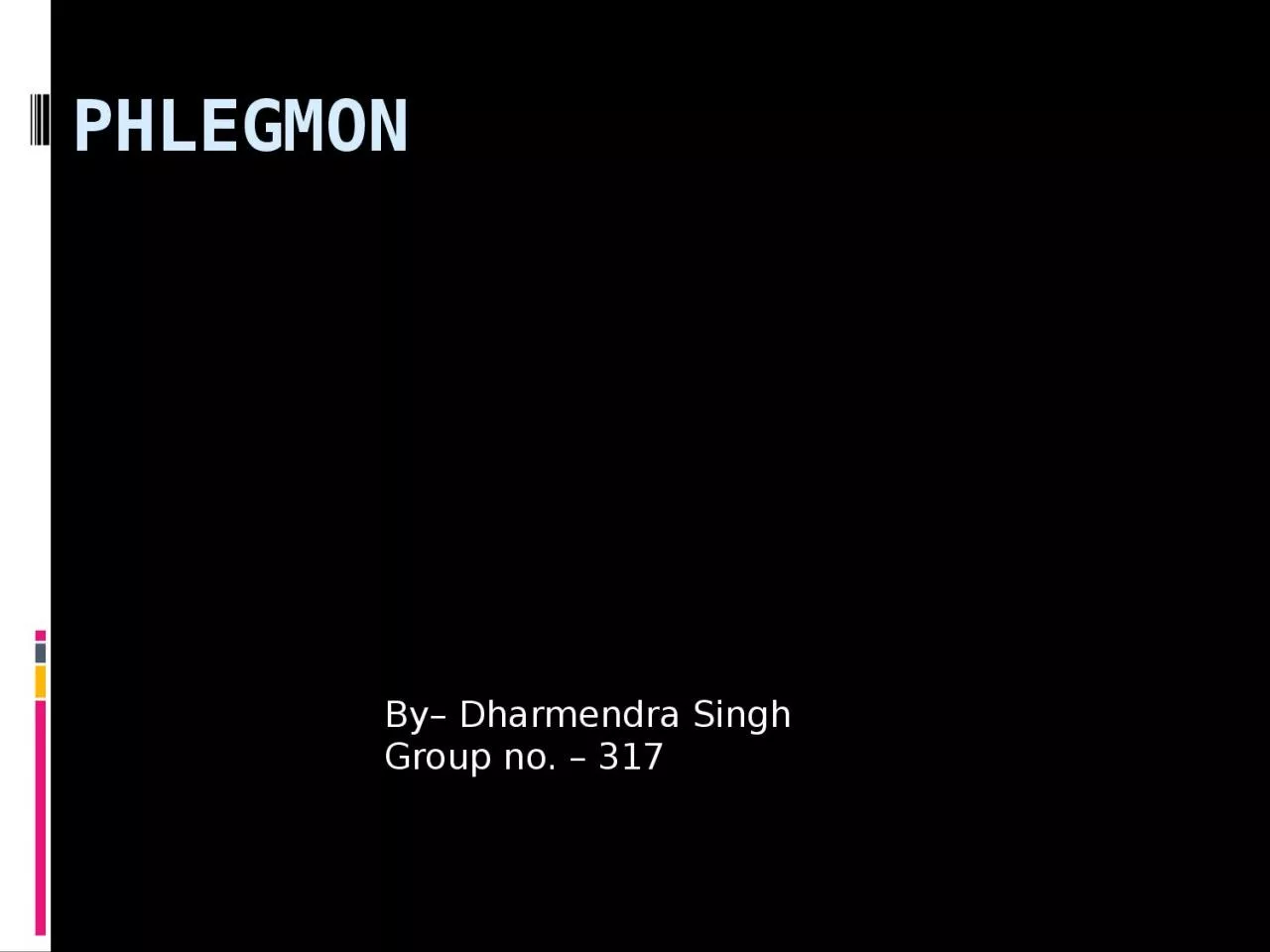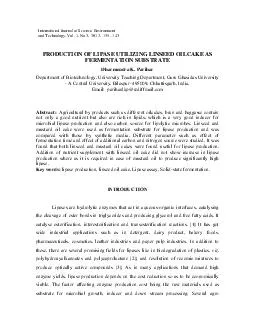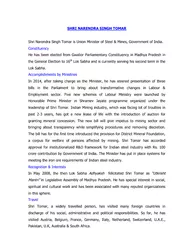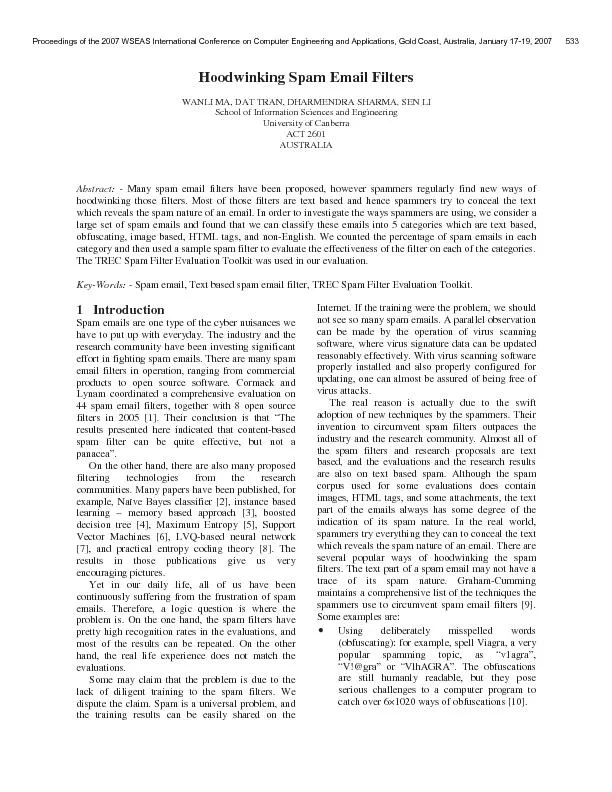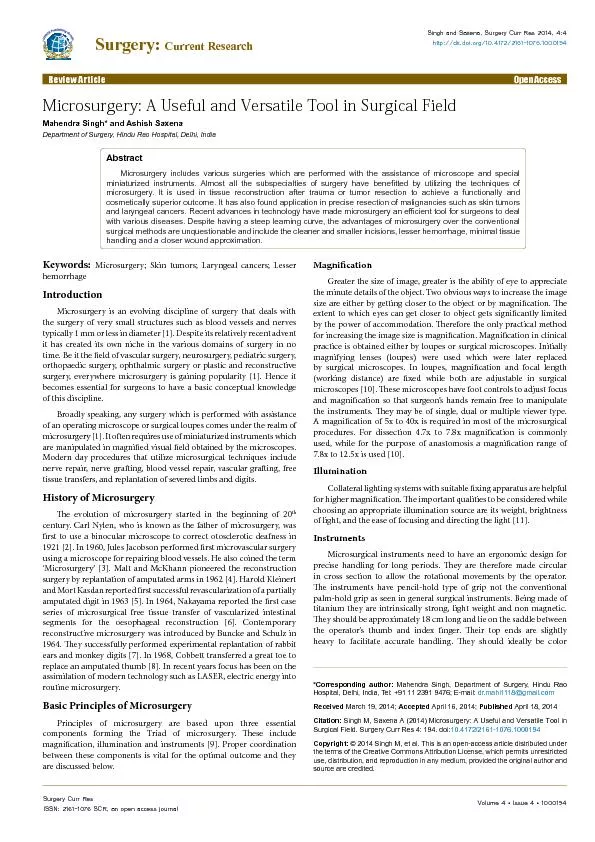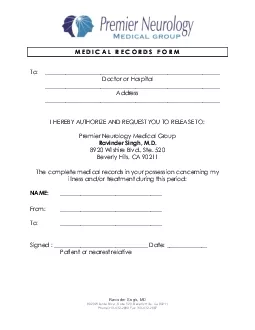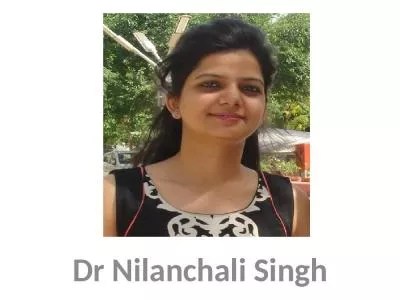PPT-phlegmon By– Dharmendra Singh
Author : reese | Published Date : 2024-01-13
Group no 317 Phlegmon Phlegmon is a spreading diffuse inflammatory process with formation of suppurativepurulent exudates or pus This is the result of acute purulent
Presentation Embed Code
Download Presentation
Download Presentation The PPT/PDF document "phlegmon By– Dharmendra Singh" is the property of its rightful owner. Permission is granted to download and print the materials on this website for personal, non-commercial use only, and to display it on your personal computer provided you do not modify the materials and that you retain all copyright notices contained in the materials. By downloading content from our website, you accept the terms of this agreement.
phlegmon By– Dharmendra Singh: Transcript
Download Rules Of Document
"phlegmon By– Dharmendra Singh"The content belongs to its owner. You may download and print it for personal use, without modification, and keep all copyright notices. By downloading, you agree to these terms.
Related Documents

